Lyndhurst, Tarrytown, NY.
June 2012.
The first weekend in June, we attended an afternoon garden party at Lyndhurst, one of the first of the major 19th-century Hudson River Valley estates. The mansion, built in stages in the grand Gothic Revival style, sits on 67 rolling acres on the banks of the Hudson River in Tarrytown, NY, just north of New York City.
The property was originally purchased in 1838 by William Paulding, mayor of New York City, who commissioned renowned architect Alexander Jackson Davis to construct "a country villa 'in the pointed style'." The estate, officially called The Knoll, became known colloquially as "Paulding's Folly" because of its unique turrets and unconventional, asymmetrical architecture. As our guide explained, it is built in limestone quarried by the nearby prisoners of Sing-Sing prison; during the period, the material was known as "Sing-Sing marble."
George Merritt, a successful New York merchant and businessman, acquired the property in the 1860s, immediately commissioning Davis to double the size of his original design. With the addition of the north wing, which included the four-storey tower and imposing new dining room, the mansion house assumed the appearance it has today. Merritt was also the one to give the estate the name it still bears (though slightly shortened) to this day: Lyndenhurst, after the linden trees that pepper the property.
In 1880, notorious robber baron Jay Gould purchased the estate as a family retreat from the hustle and bustle of his New York financial and railroad empire. Its function as a country home primarily maintained for family time and recreation is reflected in some of the property's most unique features: an adorable play house for the children, the country's first private bowling alley, a full-sized indoor pool, and a 19,000-square-foot glass-and-steel-framed greenhouse.
The music room, where the Gould's received their distinguished guests.
The painted ceiling of the music room, designed to mimic Italian frescoes.
The mansion's interiors - largely a product of Merritt's time and much admired by the Goulds, though over time slightly modified by them - are stunning, characterized by vaulted ceilings, a pretty incredible set of stained glass windows including many Tiffany creations, and an art collection showcased in a truly medieval Gothic-styled gallery.
The house's famous gallery, with amazing vaulted
ceiling and Tiffany windows (which unfortunately didn't
come out in any of my pictures).
The library (yes, please!).
Much of the furniture was purchased with the house by the Goulds and thus dates from Merritt's period; as a result, it harmonizes beautifully with the overall designs of the interior spaces. If you're interested in seeing some period photos from both Merritt's and Jay Gould's tenure in the house, take a look at this page.
The formal dining room.
The dining table and chairs were designed specifically for this
room by the house's architect, A.J. Davis, in 1864, when he
added this room as part of the new wing.
Philanthropist and first daughter Helen Gould Shepard inherited Lyndhurst upon her father's death in 1892. Active in numerous organizations from the American Bible Society to the YMCA/YWCA, Helen took a keen interest in maintaining the property for her family of adopted children. When she died in 1938, her younger sister Anna Gould took control of the estate.
Anna Gould's bedroom. The vaulted ceiling is painted
in stars of gold leaf.
A Tiffany lamp at Anna's desk in her bedroom.
Lyndhurst is now owned and operated by the National Trust for Historic Preservation, to whom it was gifted by Anna Gould, Duchess of Talleyrand-Perigord, at her death in 1961. The grounds and garden are free to visit and open to the public every day year round; the house itself requires an admission ticket and is available for tours Fridays-Sundays.
Jay Gould's custom-designed desk, with dozens and dozens
of little drawers to secret away his business papers. The doors
of drawers (you can see one on the right) fold into
the desk so that the whole can lock securely.
If you'd like to learn more about Lyndhurst, its series of extraordinary owners, and the social changes that influenced its construction and preservation, you'll enjoy the America's Castles episode that featured the mansion. Parts one and two of that documentary can be found on YouTube.
And just as a side note, part three of that same episode of America's Castles looks at Frederick Vanderbilt's Hyde Park estate, which we profiled in this earlier post.
For more interior and exterior photos of this gorgeous national treasure of an estate, see our flickr set.

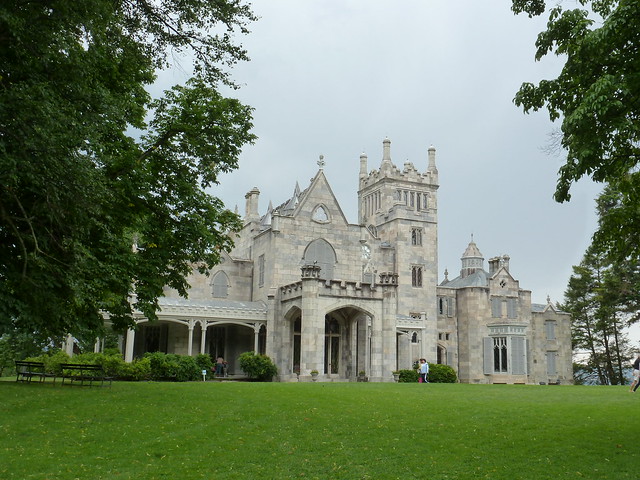
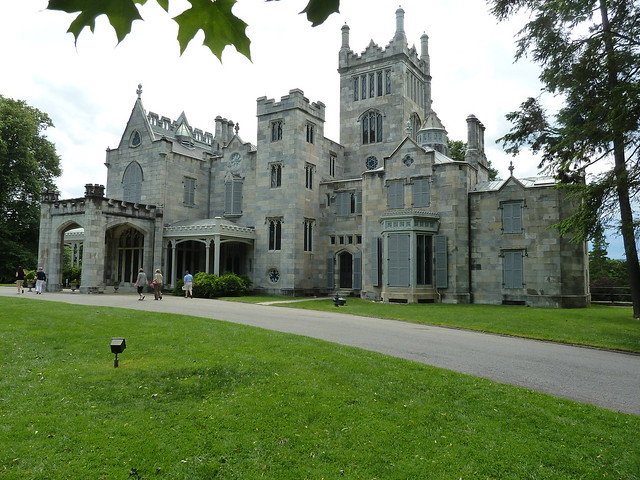
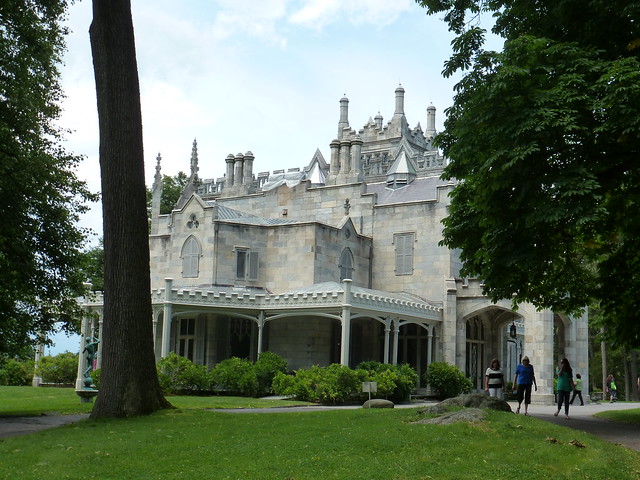
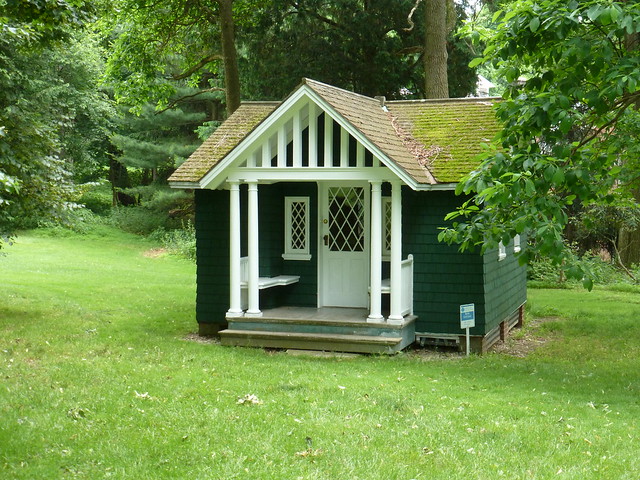

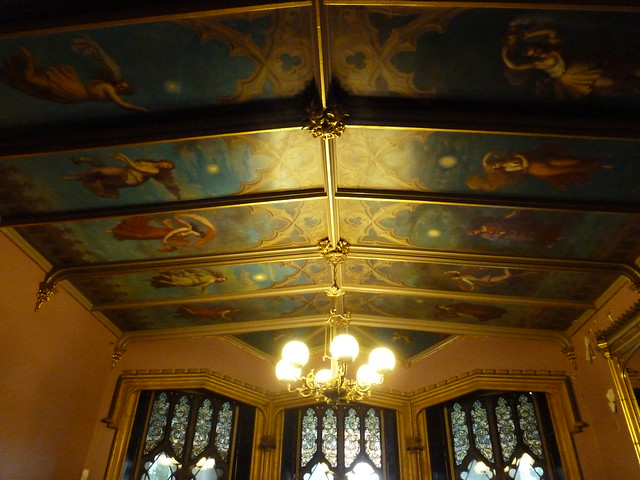
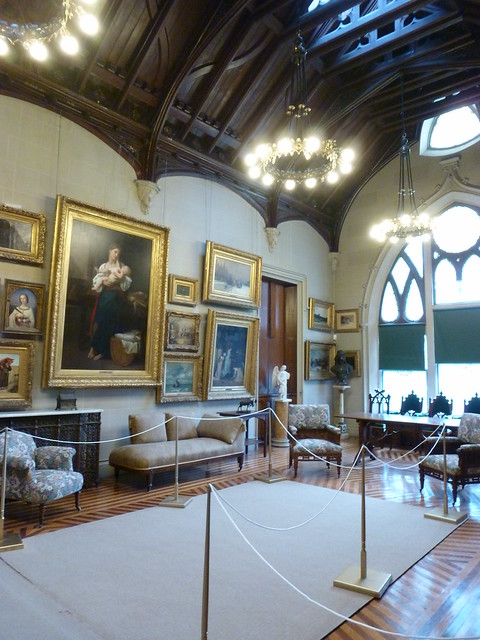
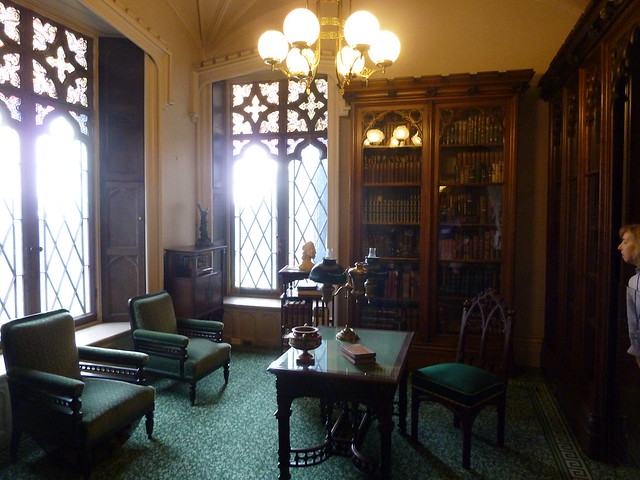
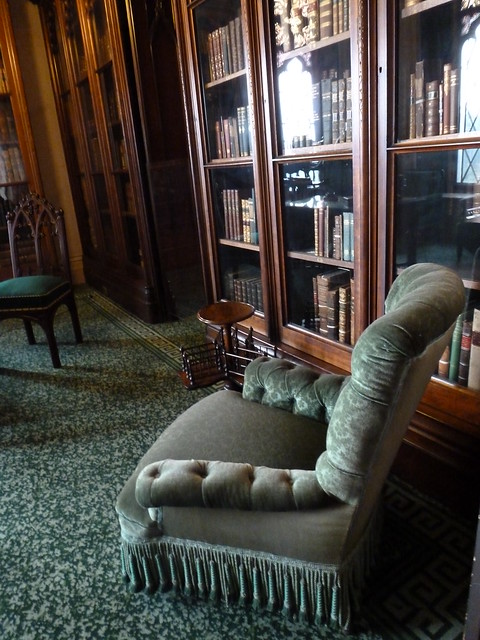
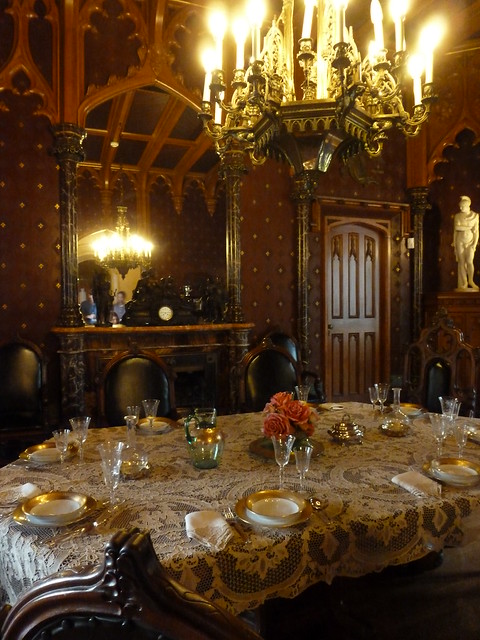
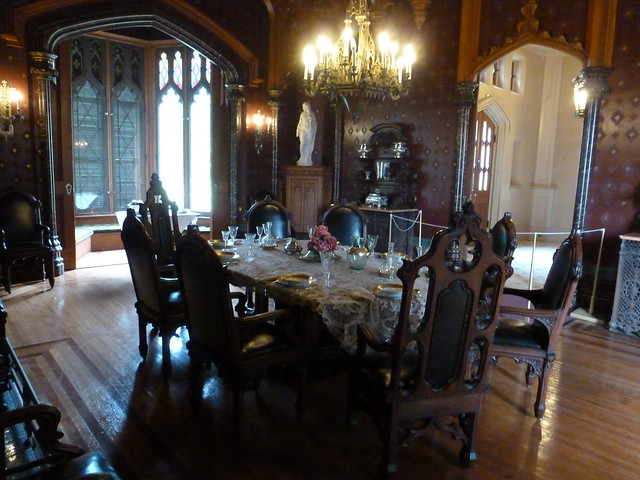
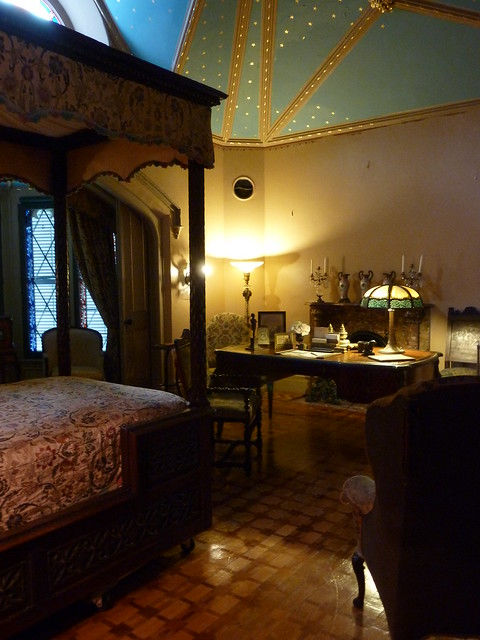

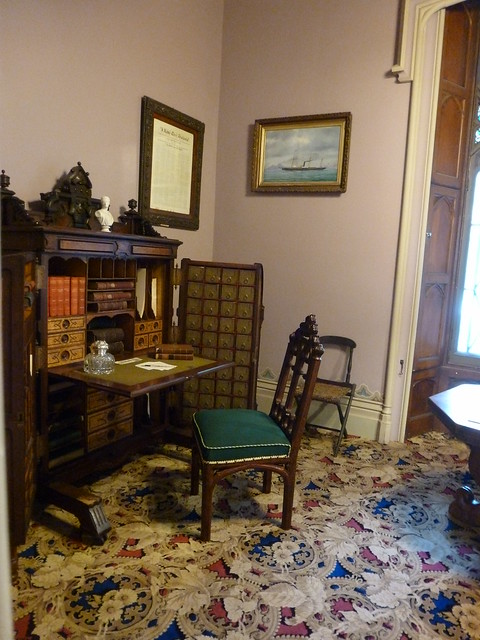
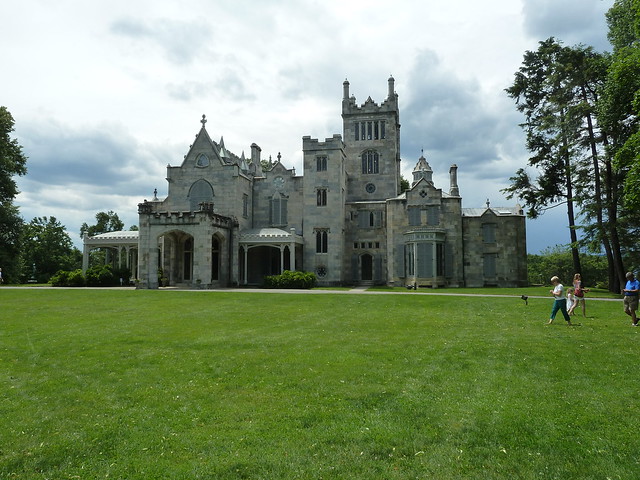
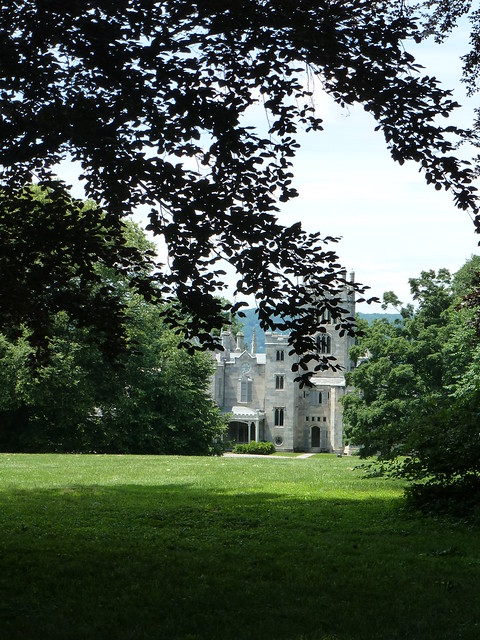
4 comments:
What a spectacular place! Thanks for sharing the photos!
Sabine
Wow! Thank you for posting the photos, and the youtube link. I used to love watching 'America's Castles' when we lived abroad when I was younger. Sadly it isn't shown over here so I had completely forgotten about it, but I am looking forward to watching all the episodes I can find on youtube. :)
Gorgeous! Thanks for sharing.
Hello mate nice post
Post a Comment